Finding enough aid to be able to afford tuition can be stressful, especially if you are an international student. You typically do not qualify for the types of aid domestic students are entitled to. Do you know which universities offer the amount of aid you need? Do you have a school counselor who can direct you on finding the right balance of academics and financial aid? Do you know if universities in different countries typically offer scholarships? If the answer is no, read on.
Your first question should be: What is my academic profile and how does an international admissions officer view it? Did you attend a high school which offers a curriculum typically accepted by selective international universities such as the IB or AP curriculum? Or did you study for, and take the AP tests independently, and attain higher scores such as 4s and 5s? Are your extracurriculars and essays at a level where you feel comfortable? The profile you present reflects your readiness for college. There are universities at varying levels that will constitute a good fit for you, but if you have done your homework in preparation, you will qualify for entry into more selective institutions.
The second question would be your budget. Talk with your parents and understand the exact annual limit you can afford. We often hear “I can pay 50%”, or things like “We will pay the entire tuition if she gets into an Ivy League university”. But 50% of what expense? You need to first develop an understanding of the cost of attendance across markets. Living expenses can cost as high as $15,000 per year in the US, and slightly lower in Europe, depending on the city your desired universities are located. Hong Kong, for example, would cost about half of that amount. Tuition varies from over $60,000 per year in some US institutions, to a few thousand dollars in certain public institutions in Italy. So it's important to do your homework.
Lastly, you need to understand the types and amounts of aid that may be offered in each market. Bear in mind that as an international student, the higher the profile you present, the more ready for college you are, the more these institutions will want to offer you merit aid.
There are also a few need blind institutions in the US such as Amherst, Princeton, Harvard and Yale but you must first get in, which is a probability that has dwindled to the lowest of single digits over time and it's fair to say that you have to be truly outstanding to gain admission. The remainder of the institutions in the US, the only country where literally dozens of institutions offer merit and/or need based aid for international students, look at your level but also what you can afford. So it's important for a family to realize that they need to set their budget very realistically and honestly. Asa rule, the higher the family budget, the higher the chances of admission.
Lastly, there is a list of full tuition scholarships which you can often find on the university’s website. Some of these will require your high school to nominate you. A good example is the Lester Pearson scholarship at the University of Toronto. If your high school is one that regularly sends students abroad, then talk with your college counselor to see if they can nominate you. If you do not have a college counselor, you will need to find an English speaking advocate at your high school to first apply to be a school which can nominate a student, and then put in your nomination. Other types of scholarships vary by country and institution, some come in smaller amounts but provide much needed help. An example is the Netherlands Scholarship, offered by the Dutch Ministry of Education at participating institutions to students in the non-European Economic Area countries.
Finding aid has to do with where you apply. For that, you need good research and an early start. As always, check out the videos on our YouTube channel to find out more.
